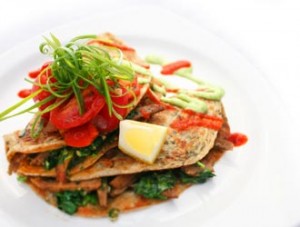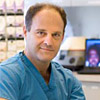 This week, Dr. Richard M. Kline, Jr. of The Center for Natural Breast Reconstruction answers your question.
This week, Dr. Richard M. Kline, Jr. of The Center for Natural Breast Reconstruction answers your question.
QUESTION: I had reconstructive surgery on my right breast in 2008. I have a silicone implant, but it feels like a hard lump on my chest. I’m 62 and healthy. I don’t know if my insurance will cover it if I decided to have the natural reconstruction.
ANSWER: Usually your insurance will cover conversion of an unsatisfactory implant reconstruction to a reconstruction using your own tissue with no problem, but we always check first to be sure. If you wish, we can give you a call to discuss your situation in more detail. Many, many people are or have been in your situation, and we are usually able to help.
— Richard M. Kline, Jr., M.D.
Have a question about breast reconstruction or post-surgical care you’d like answered from our surgical team? Just ask us!
















